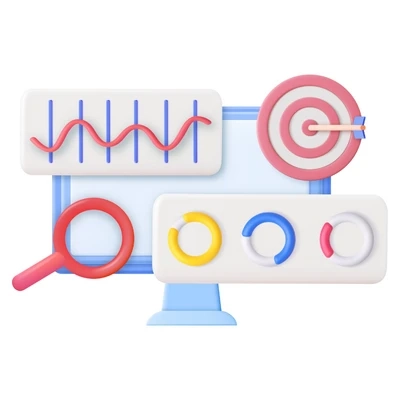A serious problem that might harm your website's search engine optimisation (SEO) efforts is duplicate content. Search engines like Google make an effort to give its users the most relevant and varied search results possible. This objective is hampered by duplicate material because it confuses users and dilutes the ranking signals. In this post, we'll examine the detrimental consequences of duplicate content on SEO and the urgency with which this problem needs to be resolved.
1. Introduction
Duplicate content is a term used to describe large chunks of content that exist on the internet in multiple places. It might exist across different domains or on a single website. Finding the original and most pertinent version of the content is difficult for search engines, which might have unfavourable effects.
2. Understanding Duplicate Content
Duplicate content can arise from various sources, such as unintentional website actions, content scraping, or syndication. It's essential to differentiate between internal and external duplicate content. Internal duplicate content is present within a single website, while external duplicate content exists across different websites.
3. Negative Impacts of Duplicate Content on SEO
3.1. Dilution of Ranking Signals
When two pieces of content are present, search engines must choose which to display in the search results. As a result, backlinks, authority, and relevance ranking signals are distributed throughout the duplicate pages. The visibility and organic ranks of affected pages may be considerably impacted by this dilution of ranking signals.
3.2. Decreased Crawl Efficiency
Each website receives a set amount of crawl money from search engines. Search engine bots spend crawl resources on repetitive pages when duplicate content is available instead of finding and indexing original stuff. This may result in less vital pages being indexed and slower website updates for search engine rankings.
3.3. Keyword Cannibalization
Multiple pages competing for the same keywords as a result of duplicate content is known as keyword cannibalization. This internal rivalry degrades the website's overall authority and keyword relevance. Because of this, search engines might find it challenging to decide which page to rank for a certain query, which would reduce visibility and organic traffic.
3.4. User Confusion and Poor User Experience
Duplicate content can confuse users and hinder their browsing experience. When multiple versions of the same content appear in search results, users may encounter redundant information or have difficulty finding the most relevant page. This can lead to frustration, decreased user engagement, and a negative impact on your website's reputation.
4. Duplicate Content Sources
Understanding the sources of duplicate content is crucial for effectively addressing the issue. Internal and external duplicate content have distinct causes and require different solutions.
4.1. Internal Duplicate Content
Internal duplicate content often stems from content management system settings, session IDs, printer-friendly versions, or URL parameters. These issues can create multiple URLs pointing to the same content, leading to internal duplication. Resolving internal duplicate content requires technical adjustments and proper URL structuring.
4.2. External Duplicate Content
External duplicate content occurs when identical or very similar content appears on different websites. This can be unintentional, such as when websites copy and publish content without permission, or intentional content syndication. Monitoring external duplicate content is crucial to protect your website's rankings and prevent content scraping issues.
5. Identifying Duplicate Content
To tackle duplicate content effectively, you need to identify its presence accurately. There are several methods to identify duplicate content, including manual review and content auditing tools.
5.1. Manual Review
Manually reviewing your website's content is a valuable approach to identify duplicate content. By comparing pages and their respective URLs, you can spot duplicate sections or entire pages. However, manual review can be time-consuming, especially for large websites, and may not capture subtle instances of duplication.
5.2. Content Auditing Tools
Content auditing tools can automate the process of identifying duplicate content. These tools crawl your website and provide comprehensive reports highlighting instances of duplication. They can analyze content on both a page-level and site-wide basis, making it easier to identify and address duplicate content issues promptly.
6. Fixing Duplicate Content Issues
Once you've identified duplicate content, it's crucial to take corrective actions to minimize its negative impact. Here are some effective strategies to fix duplicate content issues:
6.1. Implement Canonical Tags
Canonical tags specify the preferred version of a web page when multiple versions with identical or similar content exist. By using canonical tags, you can guide search engines to index the desired version and consolidate ranking signals, mitigating the negative effects of duplicate content.
6.2. Use 301 Redirects
When duplicate content arises due to multiple URLs pointing to the same content, implementing 301 redirects is a recommended solution. Redirecting duplicate URLs to the canonical URL consolidates the ranking signals and directs search engines to the preferred version.
6.3. Set Preferred Domain
If your website is accessible through both the "www" and non-"www" versions, search engines may perceive them as separate entities with duplicate content. Setting a preferred domain, whether with or without the "www" prefix, can help avoid duplication issues and ensure consistent indexing.
6.4. Consolidate Similar Content
If your website features similar content across multiple pages, consider consolidating it into a single, comprehensive page. This consolidation reduces the chances of duplicate content issues and allows search engines to better understand the topical relevance and authority of the content.


